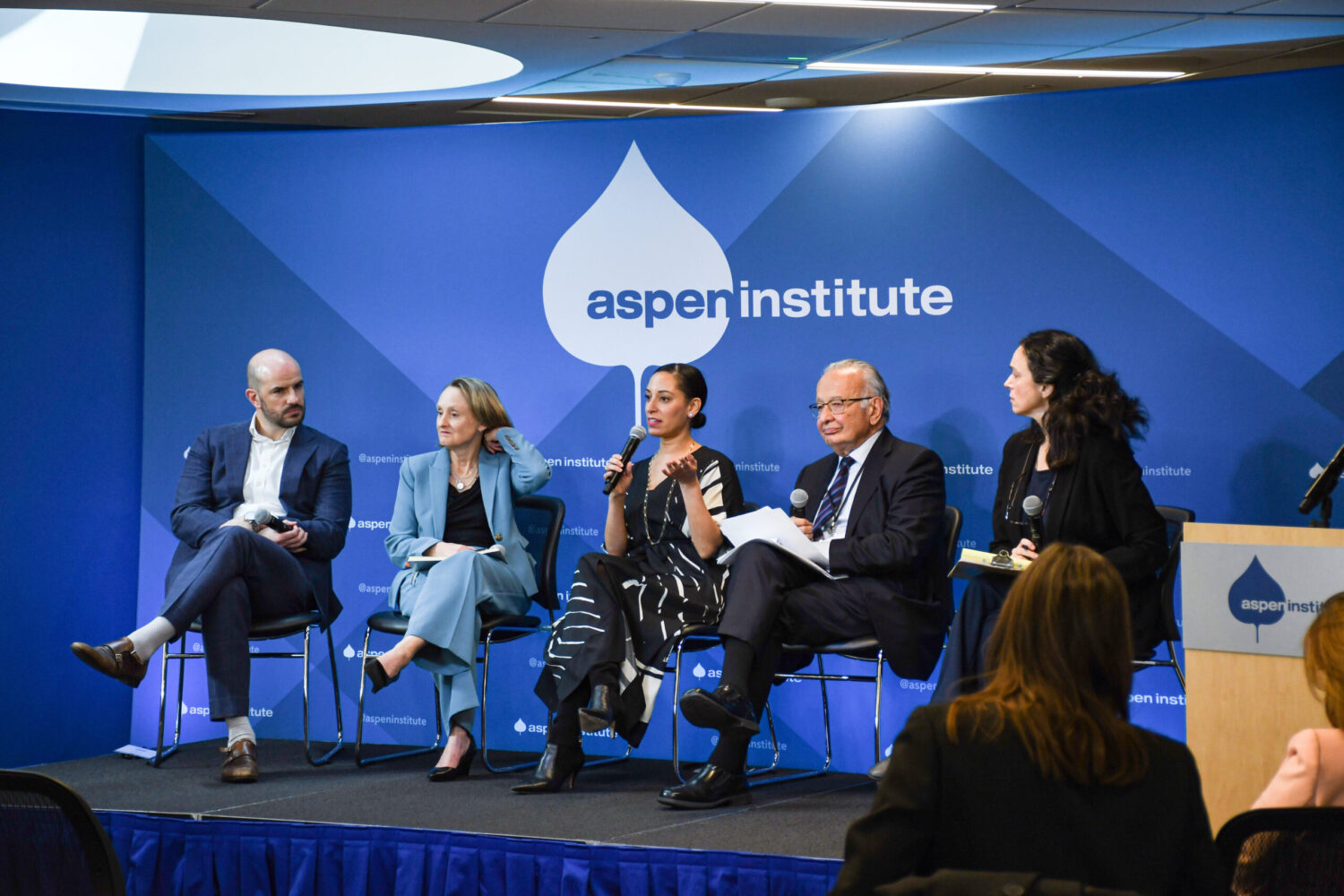ImpactAlpha, Sept. 25 – Proponents of the use of philanthropic and public capital to mobilize private capital for public goods have touted blended finance as a way to grow annual investments in sustainable development from billions to the trillions needed to deliver on the U.N. Sustainable Development Goals. The result so far: billions to…billions.
Commitments to blended finance transactions have ebbed and flowed, but amount to only about $15 billion annually and a total of just $140 billion since 2006, according to Convergence. The blended finance network’s latest report offers a sober reflection on the State of Blended Finance. “The status quo of blended finance will not result in material improvements for people living in developing countries,” it warns.
Convergence chief Joan Larrea told ImpactAlpha, “We see lots of good things happening. What we would love to see is billions to trillions and that’s what is not happening.”
- Leverage ratio. The magic of blended finance is in leveraging concessional capital that is able to take greater risks or lower returns, in order to attract multiples of that amount in commercial capital. For every $1 of such catalytic capital, blended finance deals have attracted about $4 of commercial capital. To scale blended finance, practitioners need to grow the $1 or multiply by more than four.
- Expanding the pool. Most investors in blended finance seek commercial returns. That includes not only commercial investors (97%), but also impact investors (86%) and development finance institutions and multilateral development banks (62%). That leaves development agencies such as USAID and DFID, and foundations such as Rockefeller, Shell and Gates to absorb the concessions.
- Multiplying the impact. Larrea says blended transactions need greater standardization to simplify deals for pension funds and big money investors with strict investment profiles. A bright spot: the Teachers Insurance and Annuity Association, or TIAA, has participated in five blended deals since 2013, making them one of the most active commercial investors.
- Risk transfer. Structures that have reached scale, including International Finance Corp.’s Managed Co-Lending Portfolio Program and Climate Investors One, both aggregate assets and blend capital to transfer and reduce risk. “The really giant transactions happen when you put those two principles into the same deal,” says Larrea.
- Corporate action. Corporations have participated in 29% of blended deals over the last three years. Pfizer took a first-loss position in the Medical Credit Fund. Johnson & Johnson’s Corporate Citizenship Trust is in WaterEquity’s WaterCredit Investment Fund 3. Clarmondial’s agriculture working capital fund has attracted the attention of agriculture corporates. “This is corporates stepping up and taking ownership of this agenda,” says Larrea.











